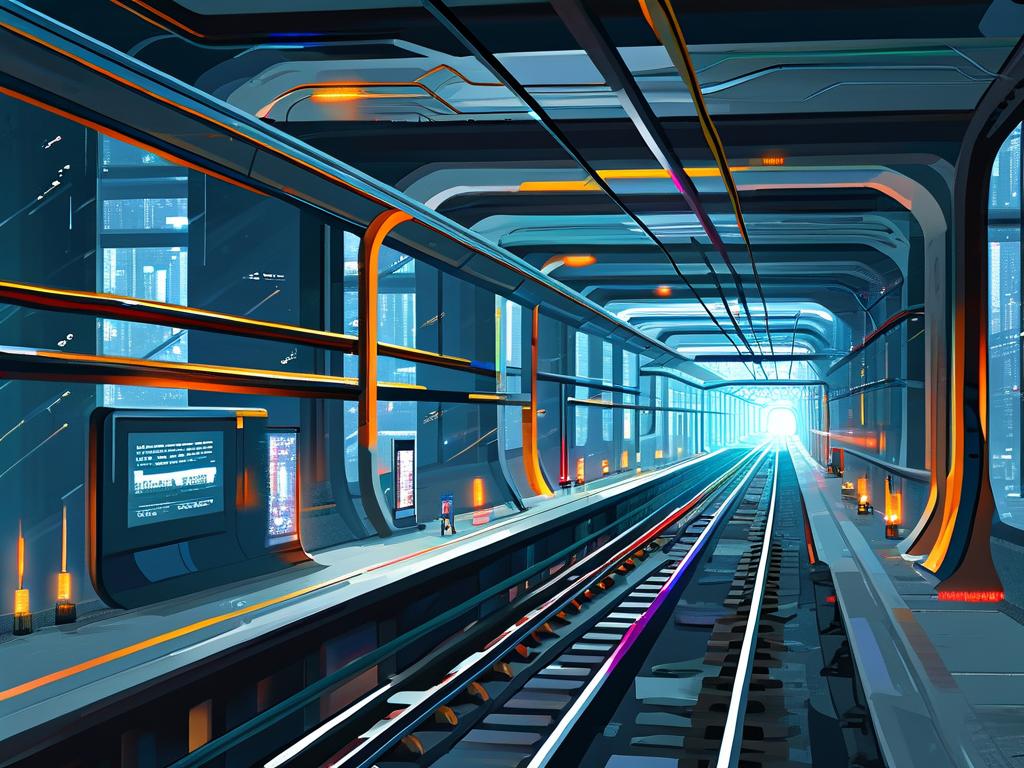The integration of distributed architecture into metro line systems represents a transformative approach to urban transportation management. As cities expand and passenger demands grow, traditional centralized systems face challenges in scalability, fault tolerance, and real-time responsiveness. Distributed architectures address these limitations by decentralizing control and data processing, enabling metro networks to operate more efficiently and reliably.

At its core, a distributed architecture for metro lines involves partitioning the system into interconnected yet autonomous nodes. Each node—such as station control units, train operation modules, or passenger information systems—operates independently while collaborating through standardized communication protocols. This design minimizes single points of failure, ensuring that a malfunction in one component does not cripple the entire network. For example, if a signaling system at one station encounters an issue, adjacent stations can autonomously adjust train schedules to maintain service continuity.
Key technologies underpinning this architecture include microservices, containerization, and message queues. Microservices break down monolithic applications into smaller, reusable components, allowing targeted updates without system-wide downtime. Containerization tools like Docker and orchestration platforms such as Kubernetes enable seamless deployment and scaling of these services across heterogeneous hardware. Message queues, such as RabbitMQ or Apache Kafka, facilitate asynchronous communication between nodes, ensuring data consistency even during network disruptions.
One notable advantage of distributed architectures is their ability to handle real-time data processing. Modern metro systems rely on IoT sensors, CCTV feeds, and ticketing platforms that generate vast amounts of data. By distributing computational workloads across edge devices and cloud servers, operators can analyze passenger flow patterns, predict maintenance needs, and optimize energy consumption in real time. For instance, during peak hours, dynamic routing algorithms can redirect trains to alleviate congestion, while predictive maintenance modules flag potential track anomalies before they escalate.
Case studies highlight the practicality of this approach. The Shanghai Metro, one of the world’s largest networks, adopted a hybrid distributed-centralized model in 2022. By decentralizing its ticketing and surveillance systems, the network reduced latency by 40% and improved incident response times by 65%. Similarly, London’s Underground implemented distributed energy management modules, cutting power consumption by 18% through localized grid optimization.
However, adopting distributed architectures introduces challenges. Data synchronization across nodes requires robust consensus mechanisms like Raft or Paxos to prevent inconsistencies. Security is another concern; decentralized systems expand the attack surface, necessitating encrypted communication and zero-trust authentication frameworks. Additionally, legacy infrastructure integration often demands middleware layers to bridge older equipment with modern protocols.
Looking ahead, the convergence of distributed architectures with AI and 5G promises further advancements. AI-driven predictive analytics could enhance autonomous train operations, while 5G’s low latency and high bandwidth will support real-time coordination between thousands of IoT devices. Moreover, blockchain technology might be leveraged for tamper-proof logging of maintenance activities and passenger transactions.
In , distributed architectures redefine metro line management by balancing flexibility, resilience, and efficiency. As urbanization accelerates, cities must embrace these systems to build sustainable, future-ready transportation networks. The shift from centralized to decentralized models is not merely a technical upgrade but a strategic imperative for meeting the evolving demands of modern transit.





